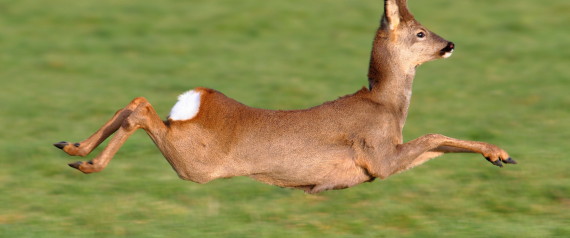By Rebecca Morelle
Science correspondent, BBC News
A relative of the cane toad, which has devastated wildlife in Australia, has invaded Madagascar, scientists report.
The Asian common toad was first seen on the island in March, and there have been several sightings since.
In a letter to the journal Nature, researchers warn that the arrival of the amphibian could cause "an ecological disaster" and wreak havoc on the country's unique fauna.
They say that urgent action is needed to remove the toads before they spread.
The fear is that the poisonous amphibians could poison local wildlife and carry diseases, such as the deadly chytrid fungus that has killed amphibians around the world.
One of the authors, Jonathan Kolby, of James Cook University in Queensland, Australia, said: "It's worrying because Madagascar has amazing endemic biodiversity - plants, animals and amphibians that are found nowhere else.
"And this one species has the propensity to damage that."
The team believes the toads could cause an ecological disaster for Madagascar's animals
The amphibians were first seen in Toamasina, the main port of Madagascar. It is thought that they arrived in shipping containers from their native home in South East Asia.
"They are a very hardy and adaptable species," said Mr Kolby.
"They can handle a long ride on the ocean in a container, and then hop out wherever they end end up. And this is most likely how they got there."
The fear is that the warty brown creatures could repeat the damage that their relative, the cane toad (Rhinella marina), caused in Australia.
Cane toads, native to Central and South America, were introduced to Australia in the 1930s, initially to control pests, but they are now widespread and number in their millions.
They produce toxins that are deadly to the local birds, mammals and reptiles that prey on them and they have had a dramatic impact on the country's wildlife.
Asian common toads (Duttaphrynus melanostictus) are smaller than cane toads, but they are also venomous - and researchers think Madagascar's animals could be especially vulnerable.





















